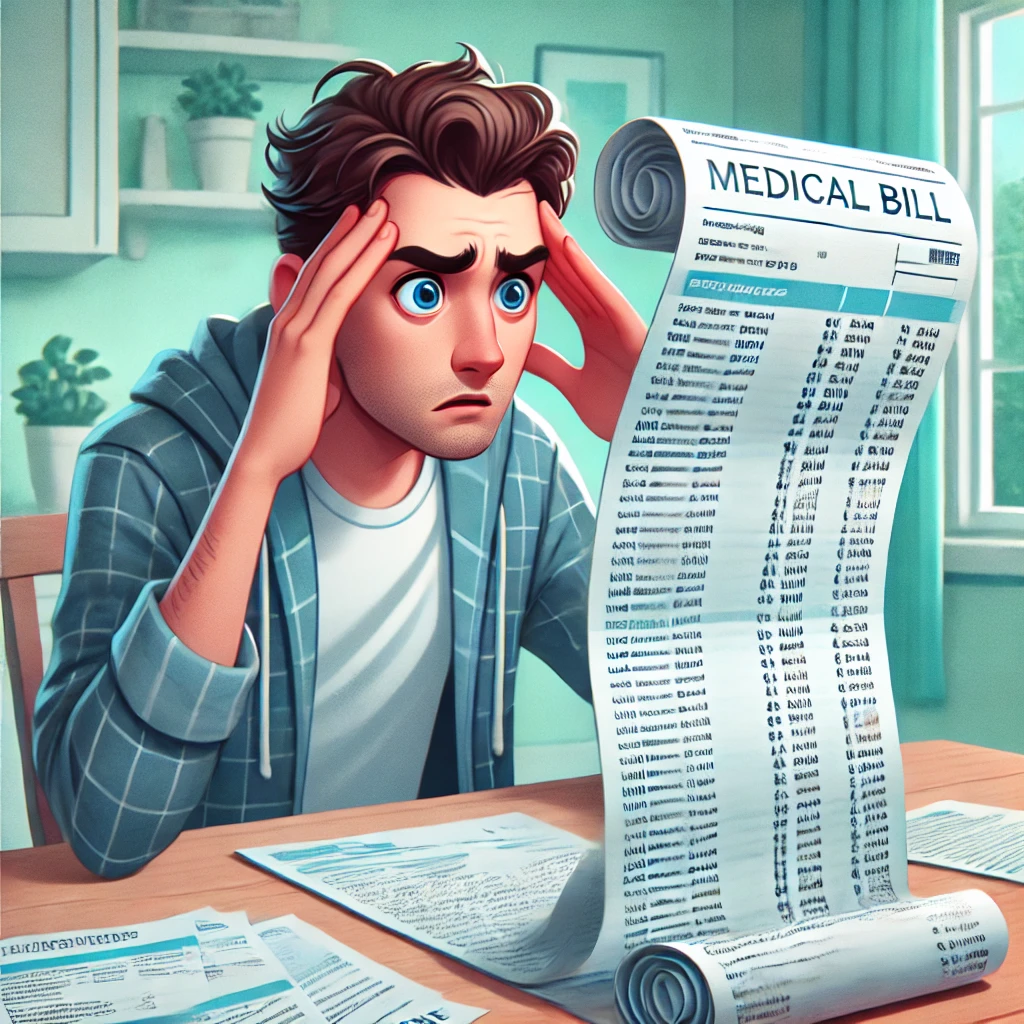Medical billing should be simple. You go to the doctor, get treated, and your insurance company pays their share. But in reality, the process is a chaotic mess riddled with errors, delays, and endless back-and-forths between insurers, hospitals, and pharmacies. If you’ve ever received a bill that made you wonder if you accidentally financed a new car instead of a check-up, you’re not alone. The culprit? A tangled web of outdated and incompatible IT systems that are doing more harm than good.
The Hidden IT Nightmare in Medical Billing
The Frankenstein Effect: Too Many Systems, Not Enough Communication
Hospitals, insurers, and pharmacies all use different IT systems that can’t talk to each other. Your doctor’s office might use Epic, your hospital might run on Cerner, your insurer could have its own proprietary system, and your pharmacy may be using something completely different. The result? Billing codes don’t match, patient records get lost in translation, and claims are routinely denied over minor discrepancies.
It’s like trying to run a relay race where every runner speaks a different language and no one agrees on where the finish line is. The smallest error—like a missing middle initial—can trigger claim rejections, delays, or even full denials. And guess who gets stuck footing the bill? Yep, it’s usually the patient.
Bad Data = Bad Bills
A JAMA study found that up to 80% of medical bills contain errors. These aren’t just small typos—they can mean the difference between a routine office visit and an incorrectly coded procedure that suddenly costs thousands of dollars. Common IT-related billing mistakes include:
- Duplicate charges due to systems failing to update properly.
- Incorrect billing codes, like a flu test getting billed as a major surgery.
- Mismatched patient information, leading to denials because insurance details weren’t properly synced.
Once an error enters the system, it spreads. A single data mismatch in a hospital’s electronic health record (EHR) can cascade through billing software, insurance portals, and claims processors, creating an administrative nightmare that can take months to fix.
The Prior Authorization Black Hole
If you’ve ever had to wait weeks for an insurance company to approve a necessary procedure, you’ve encountered one of the biggest IT failures in medical billing: prior authorizations. In theory, prior authorization exists to ensure that treatments are necessary and cost-effective. In practice, it’s an inefficient, bureaucratic mess that delays care and overwhelms providers with administrative burdens.
Here’s what typically happens:
- Your doctor submits a request electronically.
- The insurance company takes days—or even weeks—to process it.
- A fax machine (yes, really) suddenly gets involved for “additional verification.”
- The request is either denied outright or approved too late to be useful.
This outdated system doesn’t just waste time—it actively harms patients. Studies show that delays caused by prior authorizations have led to worsened health outcomes and increased healthcare costs. Meanwhile, doctors and nurses spend hours navigating IT systems instead of treating patients.
The Fix: What Medical Billing IT Should Look Like
So, what’s the solution? Ideally, we’d have:
- A single, universal billing system that all providers and insurers use.
- Real-time claim validation that catches errors before they trigger denials.
- Automation that actually reduces manual work, instead of creating more bureaucracy.
- Moving away from faxes or just outright ban them, because let’s be honest, we all know they’re the real villains here. Have you tried to read 5, 6, and 8 on a fax lately? Could you?
Until these changes happen, medical billing professionals, IT teams, and healthcare providers are stuck playing an endless game of “find the billing error,” while patients suffer the consequences of a system that was never built to work smoothly.
Share Your Billing Horror Story
Have you ever received a bill so outrageous that you had to double-check it wasn’t for someone else? Or spent hours fighting with an IT system that seemed determined to deny your claim? Drop your story in the comments—let’s compare battle scars. And if this article hit home, share it with your fellow healthcare or billing professionals—because venting is the first step toward fixing this mess.
